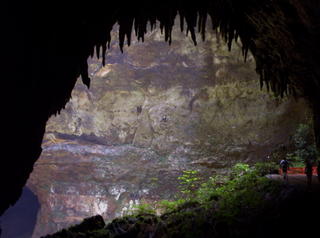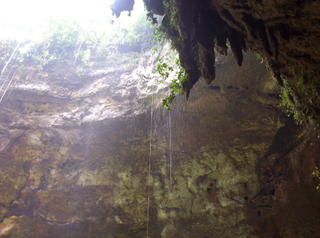Q. Humble Pie said...
Rebecca,I'll comment once for all the pictures if you don't mind. What a beautiful place and an even more beautiful family. Thanks for posting so many photos. I'd love to visit Puerto Rico in the future. It's warm there! Do you get there often?
A. Thanks! Actually, this was the first visit to Puerto Rico for the kids and I. H was born and partly raised there but he hadn't been back since before we were married. It was a wonderful vacation, despite a few snags, and we are already making a list of places to see next time.









